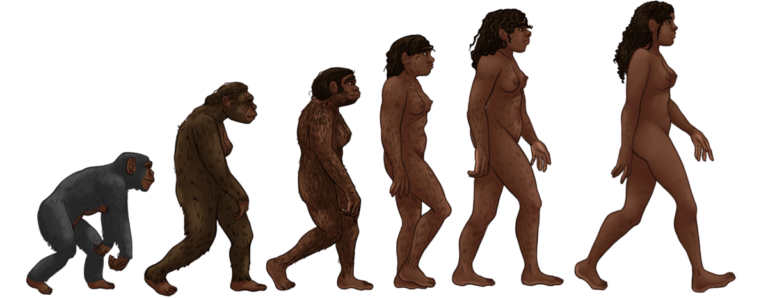

Follow Us!
Share :
By Mike Prestwood
Natural Philosopher
Mike’s throwback title simply means he writes about philosophy, science, critical thinking, and history with a focus on exploring boundaries and intersections. While his focus is on our rational ideas about empirical observations, he does enjoy dabbling in the irrational. His exploration of the empirical led him to develop his Idea of Ideas which allows him to understand what is empirical, rational, and irrational as well as to easily understand what is empirically true, rational true, and irrationally false.
Share :
1START: Philosophy >
2Science >
3Critical Thinking >
4History!
Time Left:
Email Notification
Subscribe to our Weekly Wisdom Builder: It’s Free! No ads! No catches! One email each Monday, use it as your weekly to-do checklist! Delete it after you’ve pondered your weekly 4 minute brain boost.
Exactly what the world needs RIGHT NOW!
Wisdom at the crossroads of knowledge.
Wisdom emerges from the consistent exploration of the intersections of philosophy, science, critical thinking, and history.
Comments
Join the Conversation! Currently logged out.
Sign in, or register, to leave a comment.
“To share your thoughts and become a part of our kind-hearted community engaged in rational and tolerant discussion, please sign in or register. Your voice matters to us, and together, we can create a space of meaningful dialogue.” -Mike Prestwood













